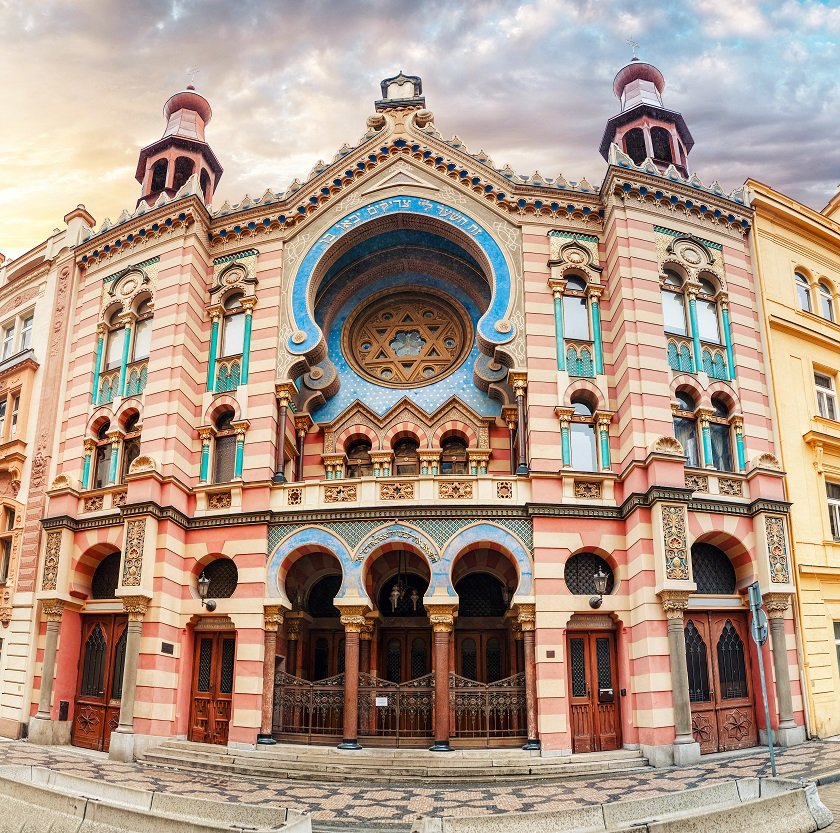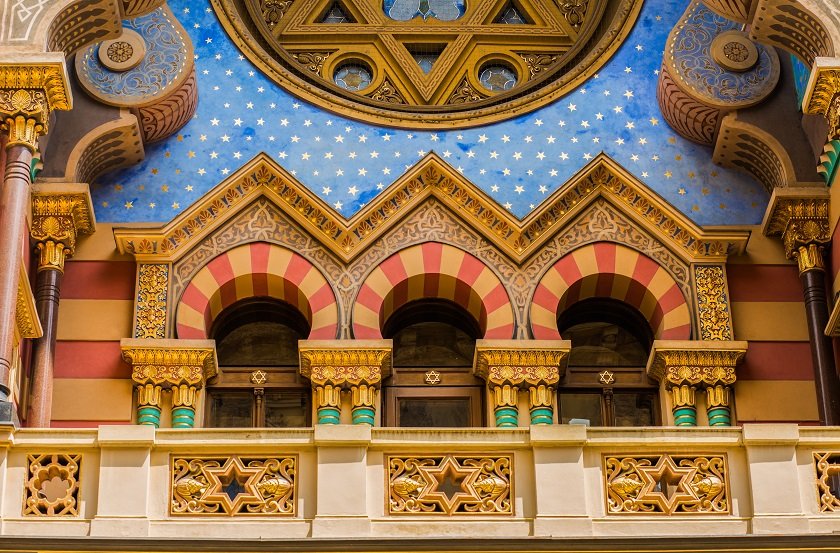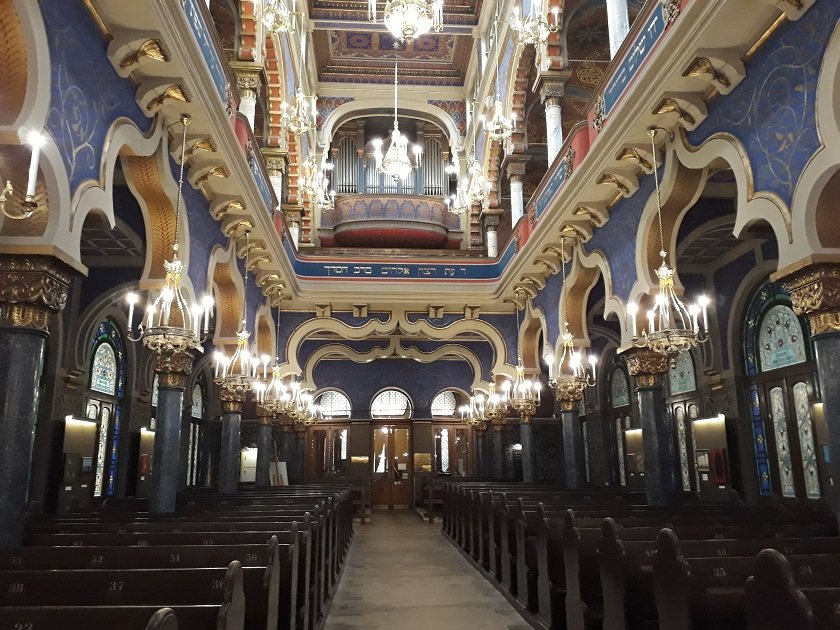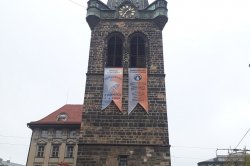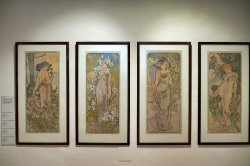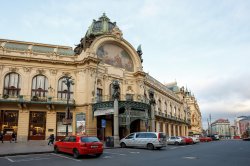Jubilee Synagogue
The Jubilee Synagogue is located on Jerusalem Street in Prague’s New Town and is the youngest and also the largest synagogue in the metropolis. It was built after the demolition of three older synagogues as part of the radical reconstruction of Prague’s Jewish Quarter. Of the three proposed architectural designs, it was architect Wilhelm Stiassny’s project that was chosen. He designed the building in Moorish and Art Nouveau styles and builder Alois Richter performed the construction work. It was named in honour of the 50th anniversary celebration of the reign of Emperor Franz Josef I of Austria. The façade of the building is characterised by a large arch and a big rose-window with the Jewish star inside. The synagogue is especially striking with its colourful façade, the red-and-white layers of stone. There are 850 seats inside. The interior is richly decorated with Moorish elements and Art Nouveau paintings.
Useful information for visitors
Public transport connections
Masarykovo nádraží bus stop, tram stop
Můstek metro station (green, yellow line)
Náměstí Republiky bus stop, tram stop, metro station (yellow line)
Hlavní nádraží bus stop, tram stop, metro station (red line)
Opening hours and admission
For up-to-date information about the admission fees and opening hours of the Jubilee Synagogue, visit the official website. The synagogue is open daily. Services take place on Fridays and Saturdays.
Interesting facts about Jubilee Synagogue
Besides the beautiful interior of the Jubilee Synagogue, visitors can also see the permanent exhibition entitled “The Jewish community in Prague from 1945 to date”. Visitors can learn about the unknown post-war history of the Prague Jewish community through period photographs, documents and films. The building underwent an extensive reconstruction in the 1990s – richly painted ornaments in the style of Viennese Art Nouveau, which no other synagogue in the world has, were discovered under layers of old plaster. The Jubilee Synagogue is also equipped with a reconstructed historical organ which was originally powered by an engine designed by František Křižík.
